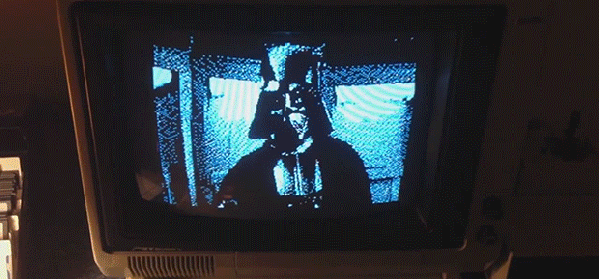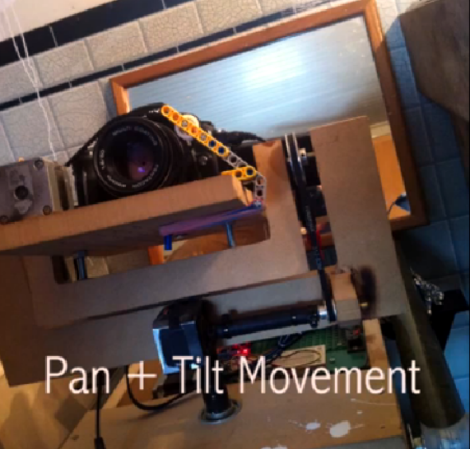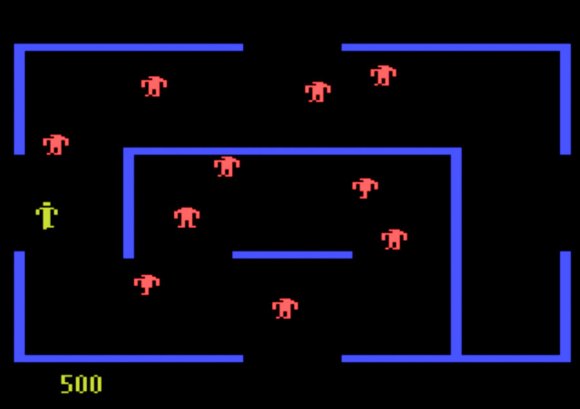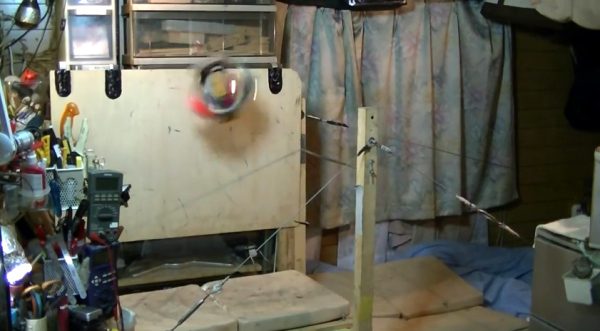Before the Internet, computer enthusiasts needed to get their cat pictures, image macros, and animated gifs somehow. If only [Nate] was writing code back in the 80s: he created a video player for the Apple II, essentially turning the classic computer into a machine that can play one or two animated gifs.
Vintage microcomputers aren’t especially noted for a huge amount of RAM, or being very fast, so [Nate] needed to bring in some extra hardware to give his recently acquired Apple II+ a 64k RAM disk to store the gifs.
The gifs are loaded off the floppy drive after being converted on a PC with a Python script, reducing the resolution and colors to 280 x 192 pixels and an amazing rainbow of four colors. For some gifs, seen below, it’s actually slightly impressive an Apple II can pull off this trick. It’s amazing [Nate] got this thing to work, as well.
If you have an Apple II set up, you’re awesome. You should go peruse [Nate]’s git and make your own animated gifs for your awesome classic computer.















